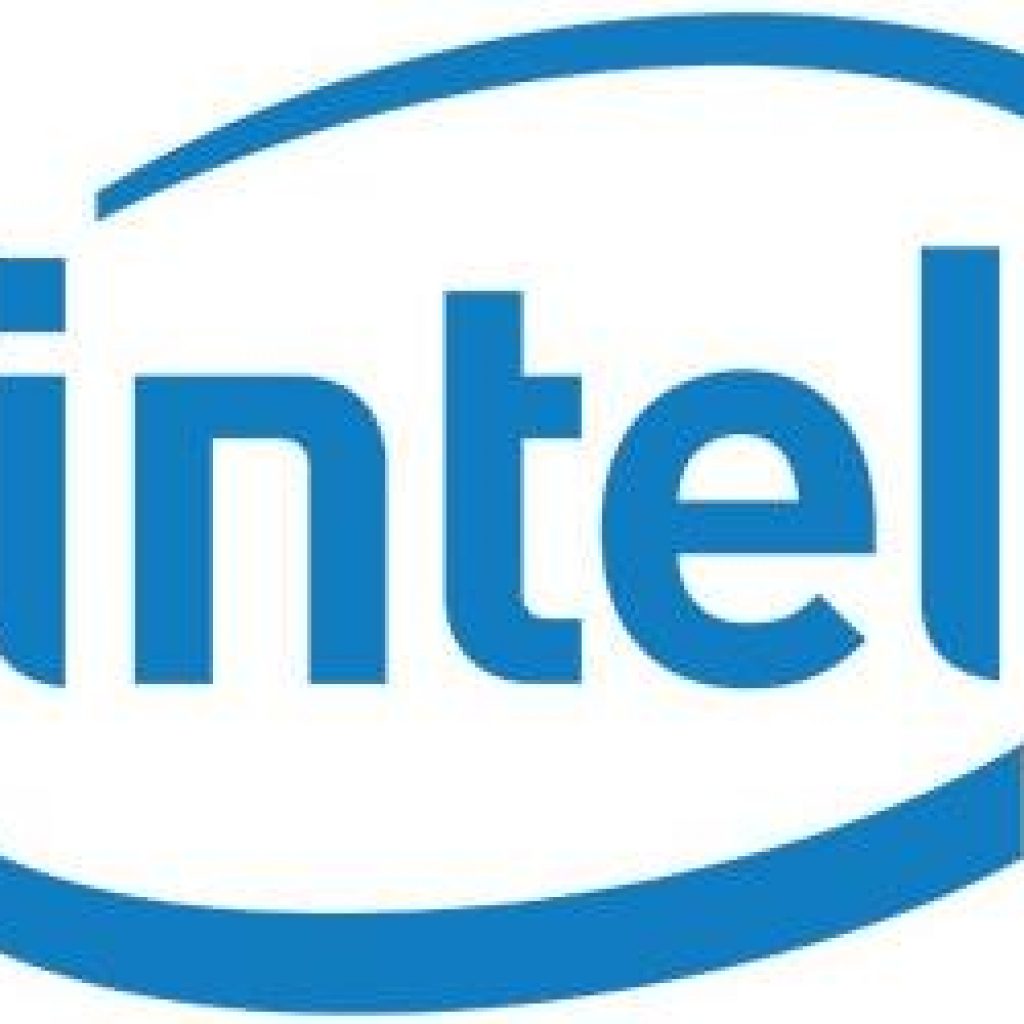(EEtimes) During the recent Intel Labs Day, Intel spotlighted research initiatives across multiple domains and introduced the 2nd-Gen Horse Ridge Cryogenic Quantum Control Chip.
As part of Rich Uhlig’s Labs Day keynote, Matsuura provided an introductory speech for the Quantum section, introducing what Intel is doing and the latest market developments.
During the Intel Labs event, the company introduced Horse Ridge II, its 2nd-Gen Horse Ridge Cryogenic Quantum Control Chip. Horse Ridge II is built on the ability of first-generation SoC and it generates radio frequency pulses to manipulate the state of the qubit, known as qubit drive. It introduces two additional control features: Qubit readout, a function that grants the ability to read the current qubit state; and Multigate pulsing, which enables simultaneous control of many qubit gates. The addition of a programmable microcontroller operating within the integrated circuit enables Horse Ridge II to deliver higher levels of flexibility and sophisticated controls in how these control functions are executed.
With Horse Ridge, Intel wants to improve the scalability of quantum computers to thousands, even millions, of qubits by reducing the complexity of quantum system interconnects, which is one of the critical barriers to achieving quantum practicality and solving real-world problems through quantum computers.
In this interview with EE Times, Anne Matsuura, director of quantum applications and architecture at Intel Labs, who presented on the topic at the event along with James Clarke, director of quantum hardware at Intel, highlighted applications for the disruptive technology and offered a deeper look at Intel’s quantum efforts.
NOTE: Matsuura s discussion includes an indepth technical discussion of quantum computing included in the source article. The underlying technology is quantum physics; because a quantum bit (or qubit) can exist simultaneously in multiple states, it can be used to calculate on all possible states at the same time, significantly speeding up the resolution of complex problems.
The discovery and design of new materials is one of the early applications where the use quantum technology could have meaningful impact. “We believe that quantum computers on a commercial scale will allow simulation of these materials so that, in the future, we can also design materials, chemicals with desired properties. Today’s 100 qubits or even thousands of qubits will not lead us to this result. We will need a commercial-scale quantum computer system of millions of qubits to achieve quantum practicality for this kind of ambitious problem solving,” said Matsuura.
NOTE: Matsuura’s discussion in the source article includes an in-depth technical discussion of quantum computing with an excellent explanation of the underlying technology referenced quantum physics.
